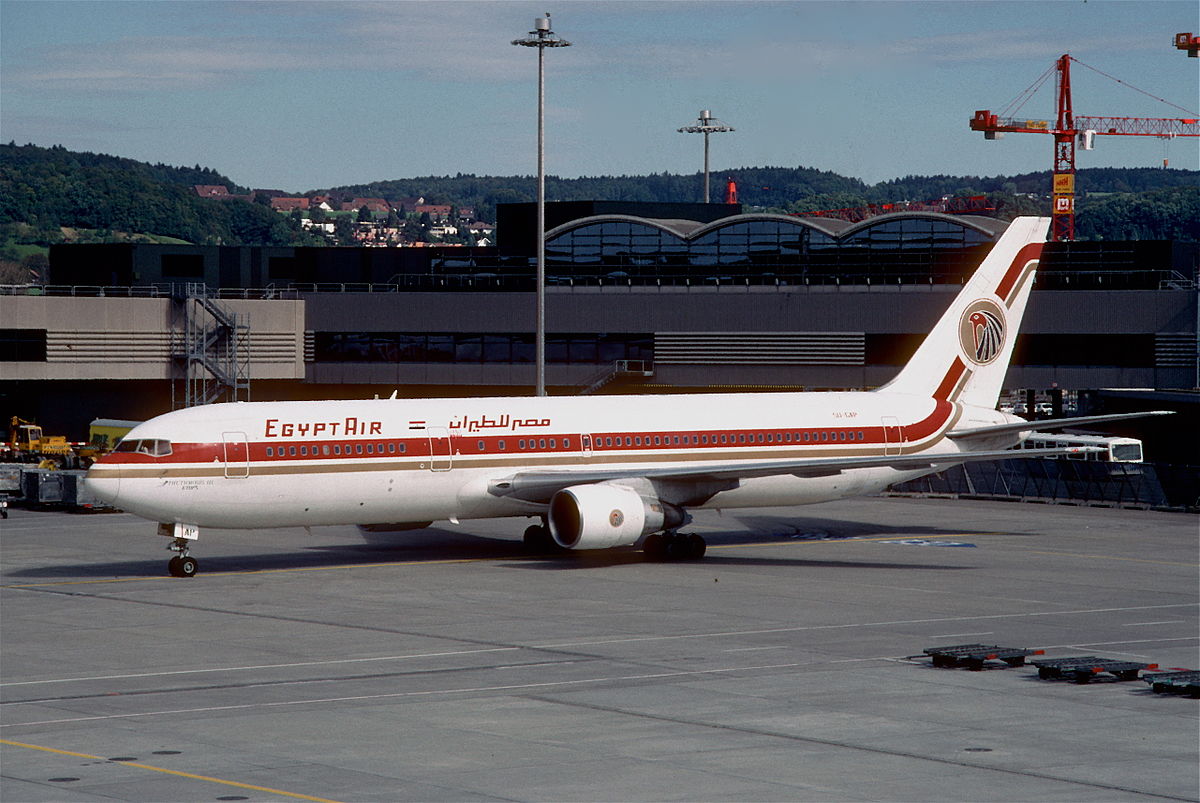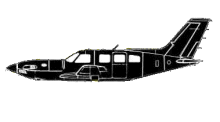Please don't rely on "The Force." If you do, this could happen:
<<At 1:20 am EST (06:20 UTC), the aircraft took off from JFK's runway 22R. At 1:44, the flight reached its cruising altitude of 33,000 feet. At 1:48, captain El-Habashi left the cockpit and went to the lavatory. During that time, relief first officer Al-Batouti was alone in the cockpit. At 1:48:39, he began to exclaim, "I rely on God," and, at 1:49:45, disengaged the autopilot. The autopilot-disengagement warning was not heard on the CVR, indicating that the autopilot was disengaged manually, and, for the next 10 seconds, the aircraft remained in straight and level flight.>>

en.wikipedia.org
Rely on regular training and proficiency.



